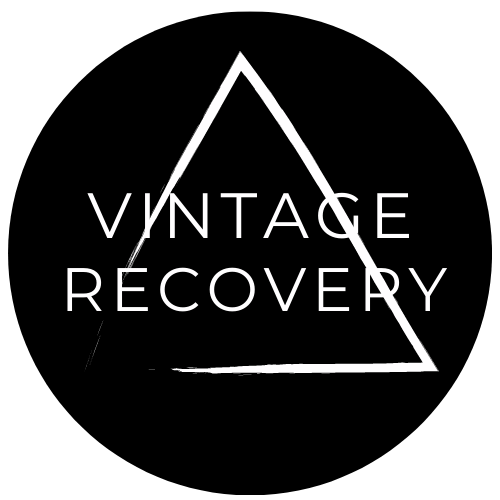
Is Vintage Clothing In Demand?
Share
In an era dominated by fast fashion and ever-changing trends, there's a growing fascination with the past—specifically, in the form of vintage clothing. Vintage fashion has transcended its niche status and is now a thriving industry, capturing the hearts of fashion enthusiasts, eco-conscious consumers, and those seeking unique, timeless styles. In this blog, we'll explore the reasons behind the increasing demand for vintage clothing and its enduring appeal.
The Sustainable Fashion Movement:
One of the primary drivers behind the surge in vintage clothing demand is the increasing awareness of environmental issues related to the fashion industry. The traditional fashion cycle of producing, consuming, and discarding has led to environmental degradation and a significant carbon footprint. Vintage clothing provides a sustainable alternative by promoting the reuse of existing garments, reducing the demand for new production and lowering the overall environmental impact of fashion.
Unique Style and Individuality:
Vintage clothing allows individuals to express their personal style in a way that is distinct from the mass-produced fashion seen on high streets. Each vintage piece has its own history, story, and character, giving wearers a sense of individuality and connection to the past. The hunt for unique items in thrift stores, flea markets, and vintage shops has become a thrilling adventure for fashion enthusiasts seeking styles that stand out from contemporary trends.
Quality and Craftsmanship:
Vintage clothing is often synonymous with high-quality craftsmanship and durable materials. Many vintage pieces were made in an era when attention to detail and longevity were prioritised over disposable fashion. As a result, vintage garments often boast superior construction and fabric quality compared to their modern counterparts. Consumers are increasingly drawn to the idea of owning clothing that not only looks good but also stands the test of time.
Nostalgia and Cultural Resurgence:
Fashion has a cyclical nature, with trends from past decades making comebacks in the present. The cyclical nature of fashion contributes to the demand for vintage clothing, as individuals seek to embrace the styles of bygone eras. The resurgence of vintage-inspired fashion in mainstream culture, driven by celebrities and influencers, further fuels the desire for authentic vintage pieces.
Investment Value:
Vintage clothing is not only a fashion statement but also an investment for some collectors. Certain rare and iconic vintage pieces can appreciate in value over time, making them sought after by collectors and investors alike. As the demand for these valuable items increases, so does their market value, creating a unique intersection between fashion and investment.
The growing demand for vintage clothing is a testament to the shifting landscape of the fashion industry. As consumers become more conscious of the environmental impact of their choices and seek individuality in their style, vintage clothing emerges as a compelling solution. Whether driven by a desire for sustainability, a love for unique styles, or the allure of timeless craftsmanship, the demand for vintage clothing is likely to continue its upward trajectory, shaping the future of fashion in a more sustainable and distinctive direction.
